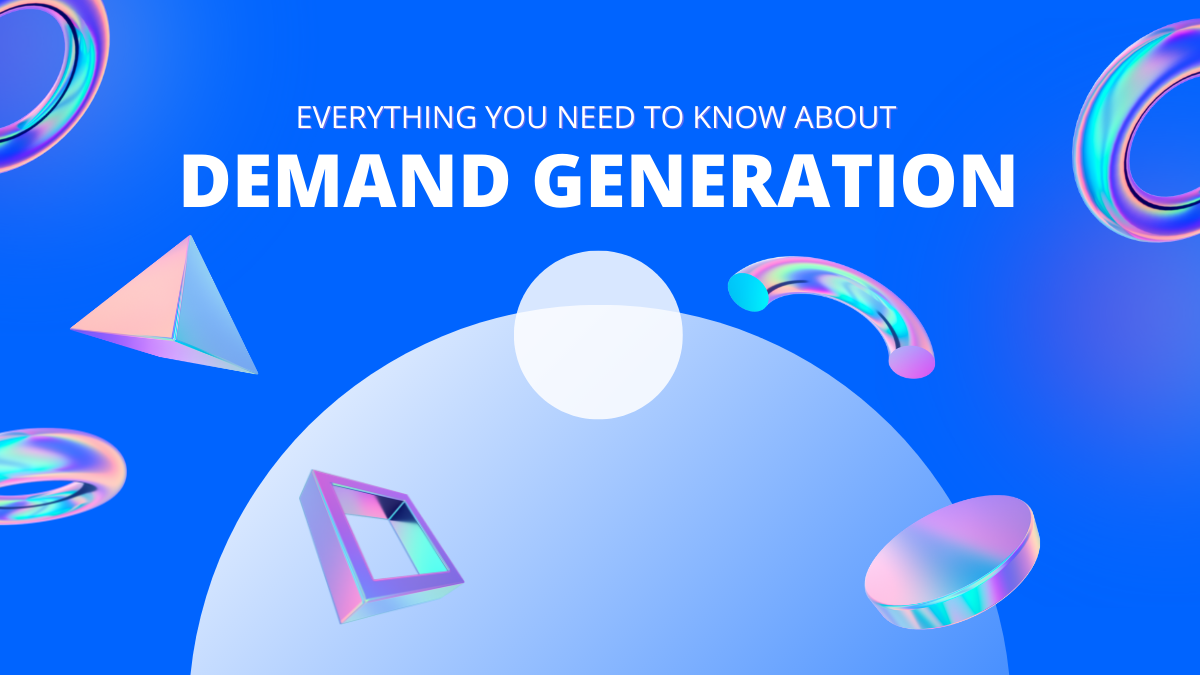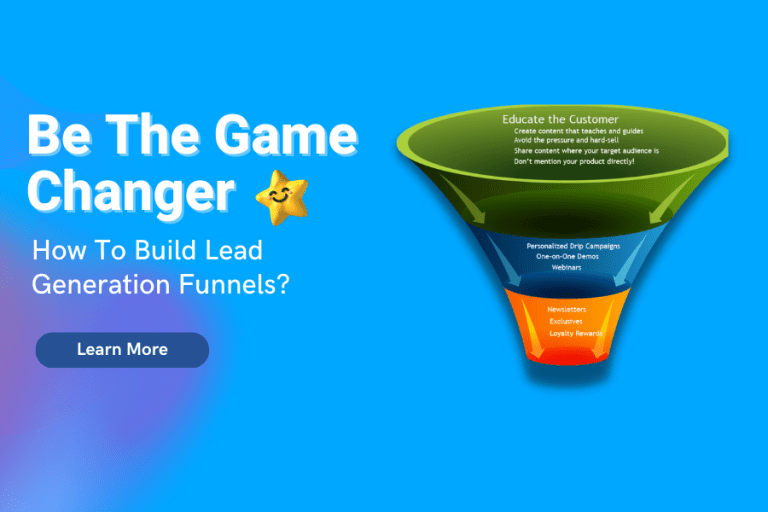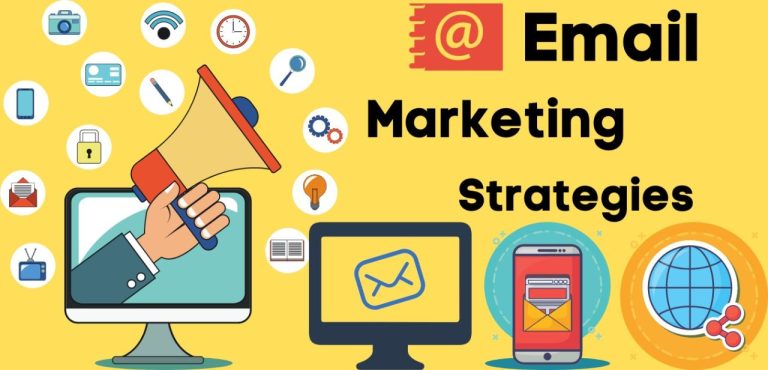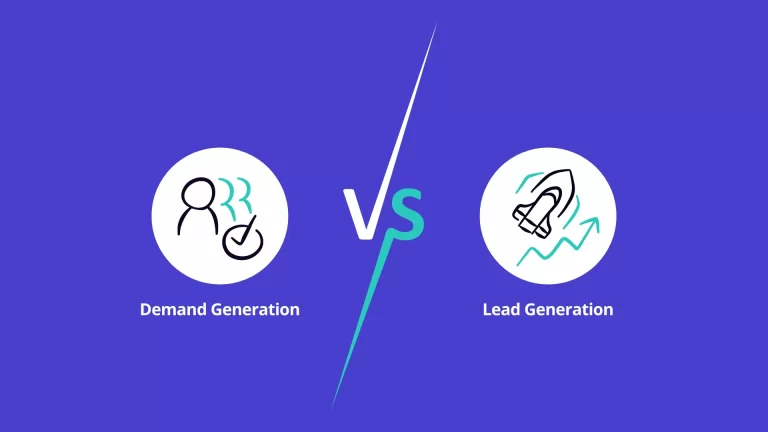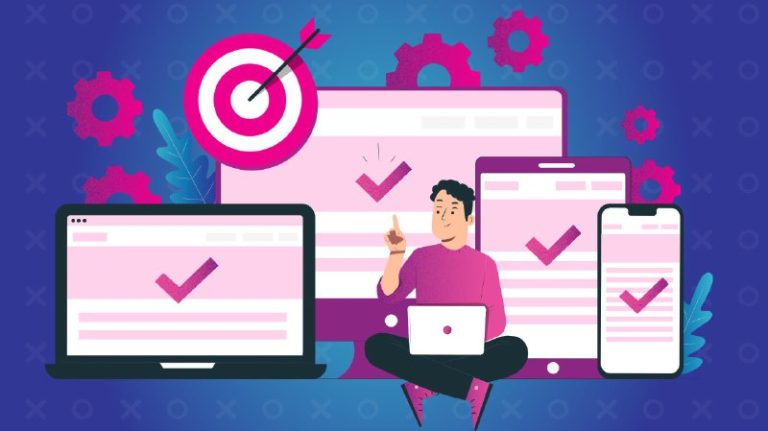Ultimate Guide To Demand Generation
Are you looking for ways to increase your visibility and generate leads? Then look no further!
This ultimate guide to demand generation will help you do just that. You’ll learn all the best practices, tips, and tricks from experts who have been successful in their own demand-generation campaigns.
This comprehensive guide is packed with useful advice and a step-by-step process that will help you drive traffic, increase conversions, and get more qualified leads.
What is a Demand Generation Strategy?

Demand generation strategies are the key to a successful business. This strategy is essential in order to find and convert potential customers into loyal, paying customers.
It’s an essential component of any marketing plan, providing guidance and structure for acquiring high-quality leads.
A demand generation strategy helps businesses achieve their marketing goals by creating campaigns that focus on driving interest in products or services.
It involves researching target markets, understanding customer needs, developing content and messages that appeal to those needs and deploying them through digital channels such as email campaigns or social media posts.
In addition, it involves leveraging data-driven insights from customer interactions with your brand to create personalized experiences for each customer segment.
By combining all these components together you can generate leads that convert into sales – ultimately growing your business!
Starting a Demand Generation Strategy
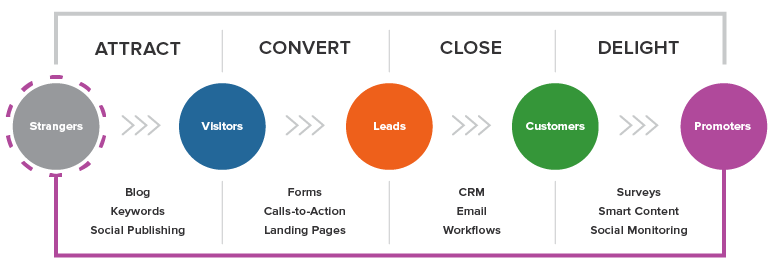
Are you looking to increase sales and build awareness of your brand? Starting a demand-generation strategy can help your business achieve these goals.
Demand generation is the process of creating awareness and interest in products or services through different channels, with the goal of generating leads that can be converted into customers.
This strategy involves using multiple communication platforms, like email campaigns, webinars, ads on social media networks, and content marketing activities to reach potential customers in a targeted way.
With a well-planned demand generation plan in place, businesses will be able to attract more prospects who are already interested in their products or services.
Additionally, they’ll be able to measure results from each channel and understand which efforts are worth pursuing further for optimal ROI.
Furthermore, for starting a Demand generation strategy you can go through these points:
- Setting Objectives
- Identifying Buyer Personas
- Crafting Compelling Content
- Utilizing Automation Tools
- Measuring Results
Why Should You Start Lead Scoring?
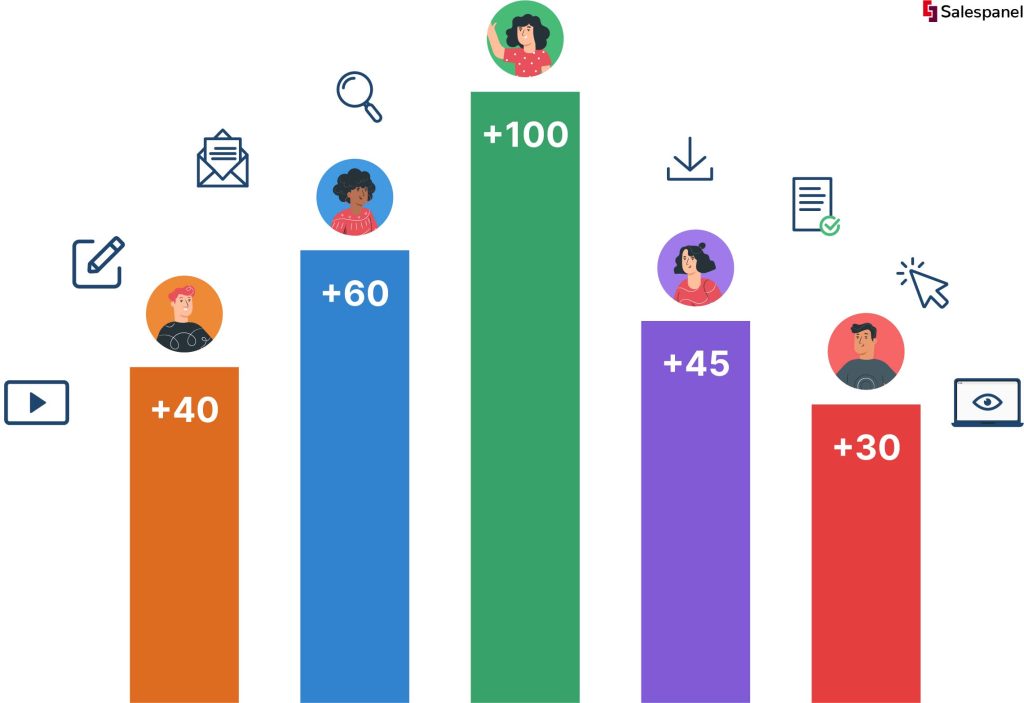
Are you looking for ways to increase your sales and marketing efficiency? Lead scoring can help your team make the most of their valuable resources by helping them prioritize leads.
Lead scoring is a popular method used to evaluate leads based on their importance and potential of being a customer.
It assigns each lead with a score that reflects how likely they are to become paying customers.
Here’s why you should start using lead scoring in your business:
Lead scoring helps you quickly identify the best prospects and determine which ones are ready to purchase your product or service.
This makes it easier for marketers and sales reps to focus on high-value leads without wasting time on unqualified prospects.
Additionally, lead scores can be tracked over time so you can see which strategies have worked best and create more effective campaigns moving forward.
7 Reasons To Start Lead Scoring
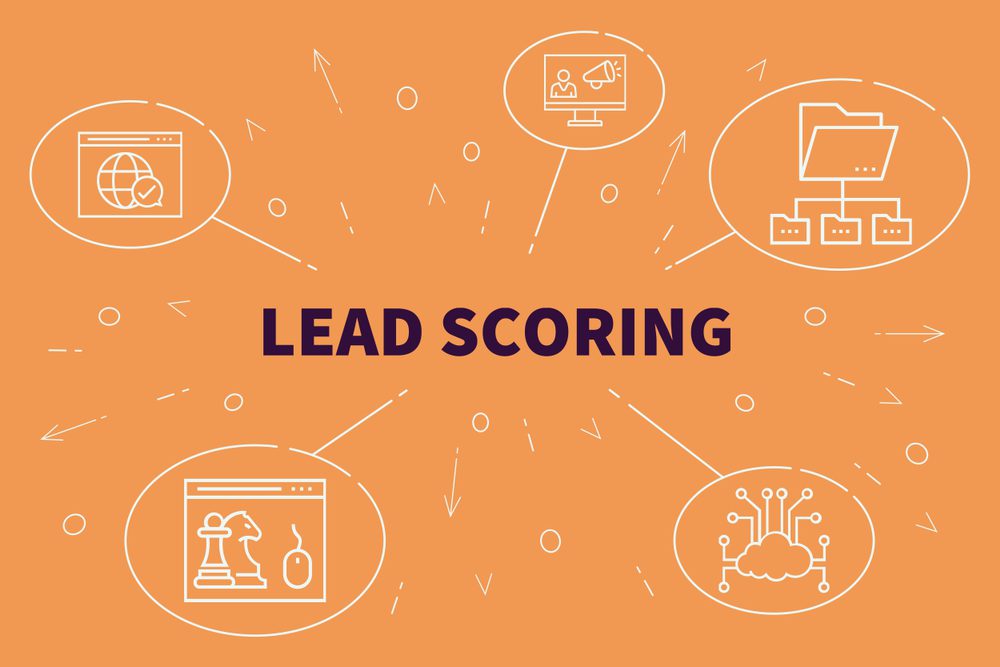
Lead scoring is a powerful tool for evaluating the quality of leads for a business. It can help sales teams prioritize their time and resources by quickly identifying great leads that should be followed up on and poor leads to avoid.
If you’re considering implementing lead scoring in your marketing strategy, here are 7 compelling reasons why it’s worth doing so.
- Increase Efficiency
- Identify High-Value Leads
- Streamline Sales Process
- Optimize Nurturing Efforts
- Improve ROI Measurement
- Reduce Marketing & Sales Duplication
- Automate Lead Prioritization
Lead Nurturing for Better Demand Generation
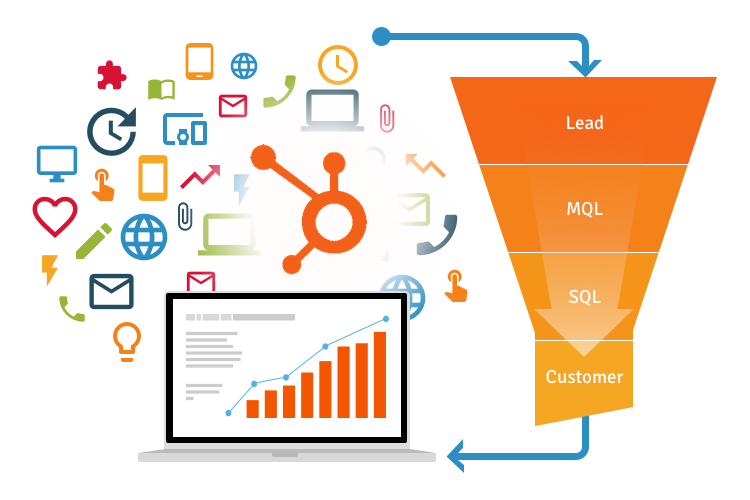
Lead nurturing is a powerful tool for demand generation and should be taken advantage of by all businesses. It’s an excellent way to build relationships with customers and create sustained valuable leads.
With the right lead nurturing strategy in place, businesses can experience better conversion rates, higher customer engagement, and increased revenue.
Lead nurturing works by building a relationship between you and your prospects over time.
You start by gathering intelligence on the type of content they are interested in, the topics they are researching or discussing online, as well as any other relevant data points.
From there, you can craft tailored content that speaks to their needs and interests – providing them with informative resources that will help them make informed purchase decisions.
This helps establish trust which can turn prospects into loyal customers who not only come back for more but also recommend your services to others.
By tailoring content and providing buyers with education, support, and helpful information at each stage of their journey, lead nurturing can help increase ROI by as much as 20%.
The primary benefit of lead nurturing is that it helps build relationships between a business and its prospects over time.
Through personalized emails, social media updates, blog posts, website content, and offers related to a person’s interests or activities — companies are able to turn cold leads into warm ones who are more likely to convert into customers.
Additionally, It allows you to stay top-of-mind throughout the buyer’s journey so they come back when they’re ready to purchase your product or service.
Lead Scoring for Better Demand Generation
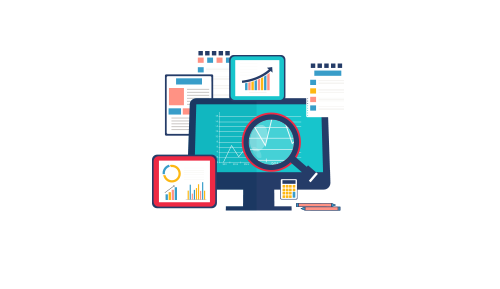
Lead scoring is an essential tool for modern demand-generation teams. By assigning numerical values to leads based on their characteristics, companies can prioritize them and decide which ones need more effort and attention.
Lead scoring works in tandem with other marketing automation features like routing, nurturing campaigns, and reporting to deliver the most meaningful results from any given lead.
The goal of lead scoring is to identify prospects who represent the highest potential value for your business.
Through a combination of demographic data and behavior-based insights, you can develop a comprehensive picture of each prospect’s needs and how they fit into your customer base.
With this information in hand, you can better target your prospects with content that will generate interest and drive conversion rates. The result: Higher ROI from every interaction with prospects!
Lead scoring allows demand gen teams to prioritize leads based on how likely those leads are to convert into customers, allowing sales reps to focus on the most promising ones.
By understanding which leads have the highest propensity to purchase, companies can make better decisions about where to allocate resources in order to drive more conversions.
The lead scoring process works by assigning points or scores for certain criteria that are associated with lead engagement such as website visits, content downloads, form submissions, and email opens.
As a result of this data-driven approach, marketing and sales teams can identify which prospects are best suited for follow-up and target the right audience with tailored messaging.
This targeted approach results in higher-quality conversations between reps and prospects while at the same time increasing conversion rates across all channels.
11 Super Hacks To Improve Your Demand Generation
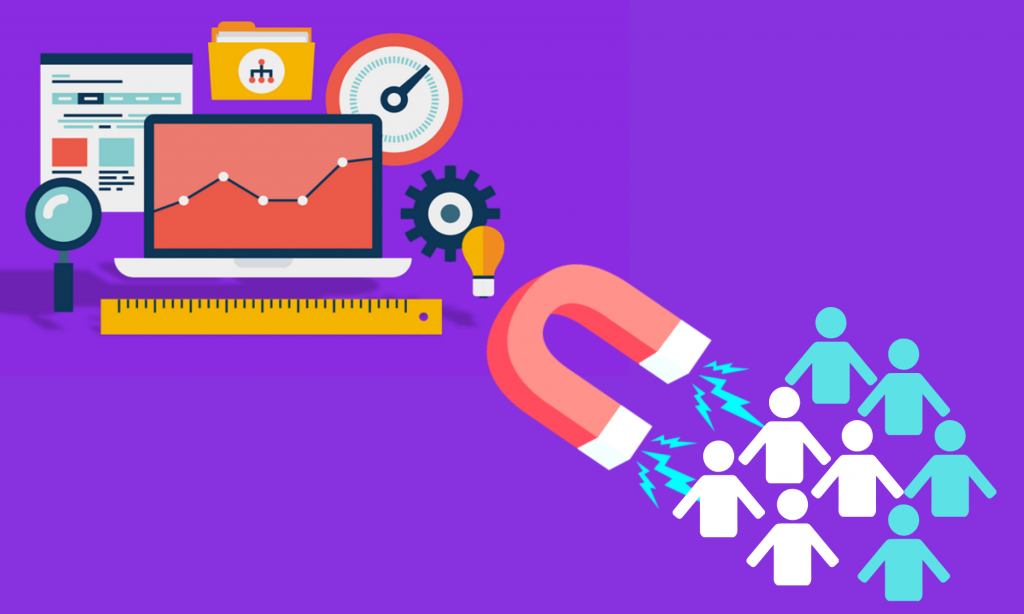
Mentioned below are 11 super hacks to improve your demand generation:
1. Identify Your Target Audience

When it comes to demand generation, the best strategy is to identify your target audience.
By understanding who you are trying to reach and what they need, you can create a tailored plan that will help drive results.
Hack to improve demand generation by leveraging data-driven insights, innovative techniques, and creative content to connect with your target customers in meaningful ways.
With the right approach, you can generate more leads and increase conversions for your business.
2. Leverage Social Media
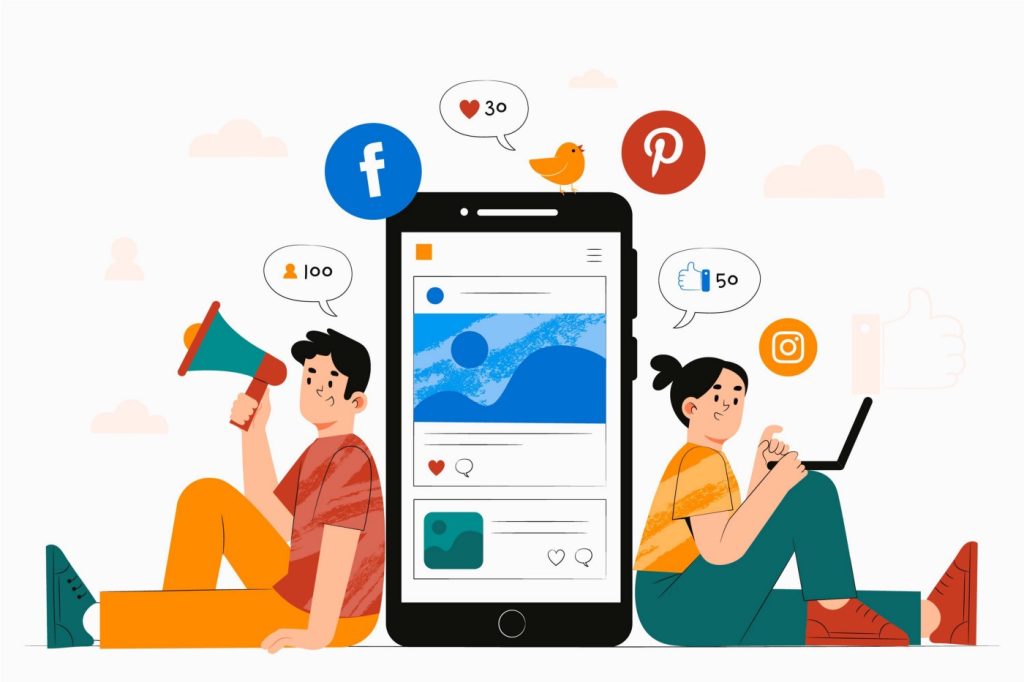
Social media is an invaluable tool for demand generation. It provides a direct line of communication to potential customers, allowing companies to quickly build relationships and create awareness.
With the right strategy in place, companies can leverage social media to boost their brand visibility and drive conversions.
By identifying the right platforms, creating content that resonates with audiences, and finding smart ways to engage users, companies can hack their demand generation efforts and unlock great results.
3. Invest in Content Creation

When it comes to marketing success, content creation plays an essential role. Investing in high-quality content is a great way to hack demand generation, by providing potential customers with valuable and interesting content that will draw them in.
Content can come in the form of blog posts, videos, podcasts, or other media – the possibilities are virtually endless! Investing in content creation can be a powerful tool for driving more leads and increasing customer engagement.
4. Utilize Automation Tools
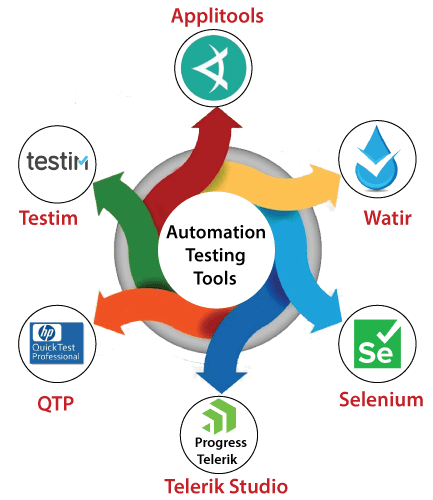
Utilizing automation tools to hack demand generation is a great way to improve efficiency and get the most out of your marketing efforts.
It can help streamline processes like email campaigns, social media posting, lead scoring, and much more.
Automation tools also enable marketers to track performance metrics and make data-driven decisions quickly and accurately, giving them the power to measure success in an increasingly competitive landscape.
5. Track & Analyze Metrics
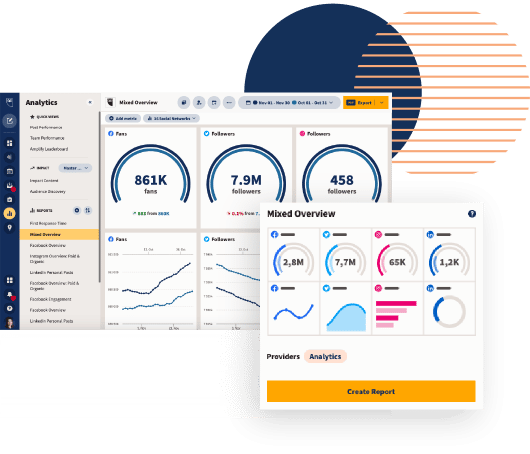
Tracking and analyzing metrics is a great way to hack the demand generation process.
With proper analysis, businesses can gain valuable insights into their customers’ behavior and preferences, allowing them to better optimize their marketing efforts.
By monitoring key metrics such as website traffic, lead conversion rates, and customer retention rates, businesses can identify areas for improvement and take action to increase demand for their products or services.
6. Test Different Strategies
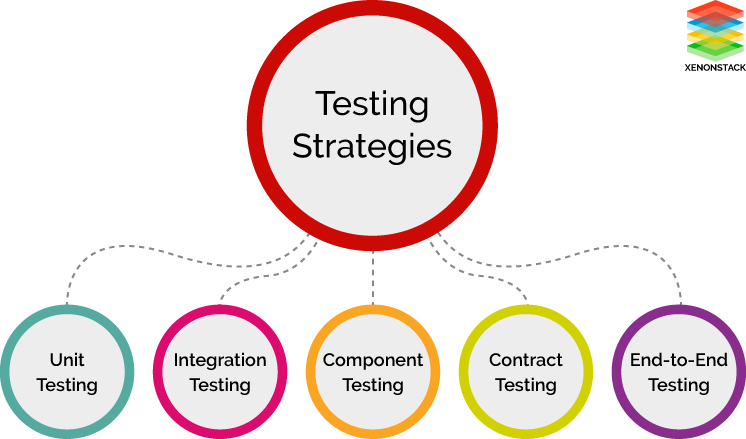
Testing different strategies is one of the most effective ways to improve demand generation.
Experimenting with different tactics can help you identify opportunities that align with your target audience and increase engagement.
By testing out a variety of methods, you can come up with creative solutions that drive more conversions and increase brand awareness. The possibilities are endless!
7. Publish User Generated Content

User Generated Content is a powerful tool to drive demand generation. It helps to create an engaged community and is an effective way to boost organic reach.
By taking advantage of the “hacking” culture, businesses can use UGC in creative ways to increase visibility and build brand loyalty.
This is a great way to engage potential customers and inspire them to take action.
8. Focus on Quality Over Quantity

When it comes to demand generation, quality should always be the priority. By focusing on quality over quantity, you can create a more efficient process for generating leads and converting them into customers.
With a well-thought-out hack strategy, organizations can improve their demand generation efforts and realize higher returns on investment in the long run.
By investing in quality strategies, such as content marketing, you can increase engagement with prospects and drive more conversions.
9. Segment Your Audience

Segmenting your audience is a great way to improve your demand-generation efforts.
It allows you to target the right people with the right message, tailored to their interests and needs.
By segmenting your audience, you can create more personalized content and tailor your marketing campaigns for better results.
This hack gives you the ability to focus on potential buyers and reach them in a more effective way that encourages conversion.
10. Develop Relevant Calls To Action

Hackathons are a great way to develop relevant calls to action for demand generation.
They provide an opportunity to bring together a diverse set of stakeholders with different perspectives to brainstorm and create innovative solutions.
Companies can leverage hackathons as a platform for their teams to share their creative ideas and come up with unique, creative calls to action that will help them reach more potential customers.
Exciting and engaging calls to action can have a huge impact on demand generation and ultimately business success.
11. Use Retargeting Ads

Retargeting Ads are a great way to improve demand generation.
This clever hack works by targeting ads directly to people who have already visited your website, allowing you to keep your brand top of mind and drive engagement in a more targeted way than other digital marketing strategies.
Retargeting Ads can also be used to nurture leads and promote special offers, making them an invaluable tool for generating more demand from existing customers.
Demand Generation vs. Lead Generation?
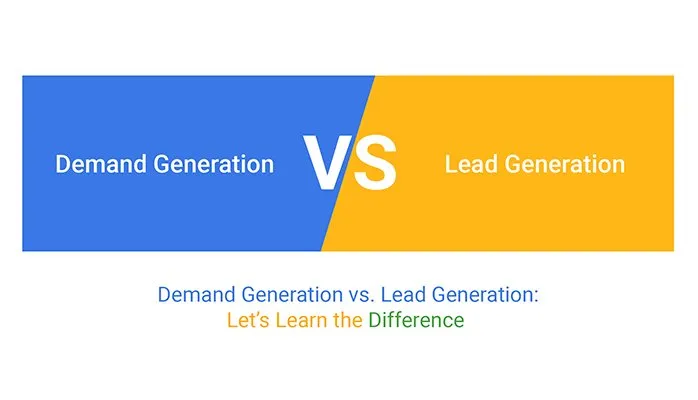
| Demand Generation | Lead Generation |
| 1. Demand generation focuses on creating awareness of a brand or product by utilizing methods such as digital advertising, trade shows, webinars, and social media campaigns. | 1. Lead generation involves identifying qualified leads that can be converted into paying customers through targeted campaigns using email marketing and content offers designed to attract prospects’ attention. |
| 2. Its goal is to generate interest in an offering, ultimately increasing sales and revenue. | 2. The primary focus here is on building relationships with prospective customers so that they may become long-term customers for your business. |

